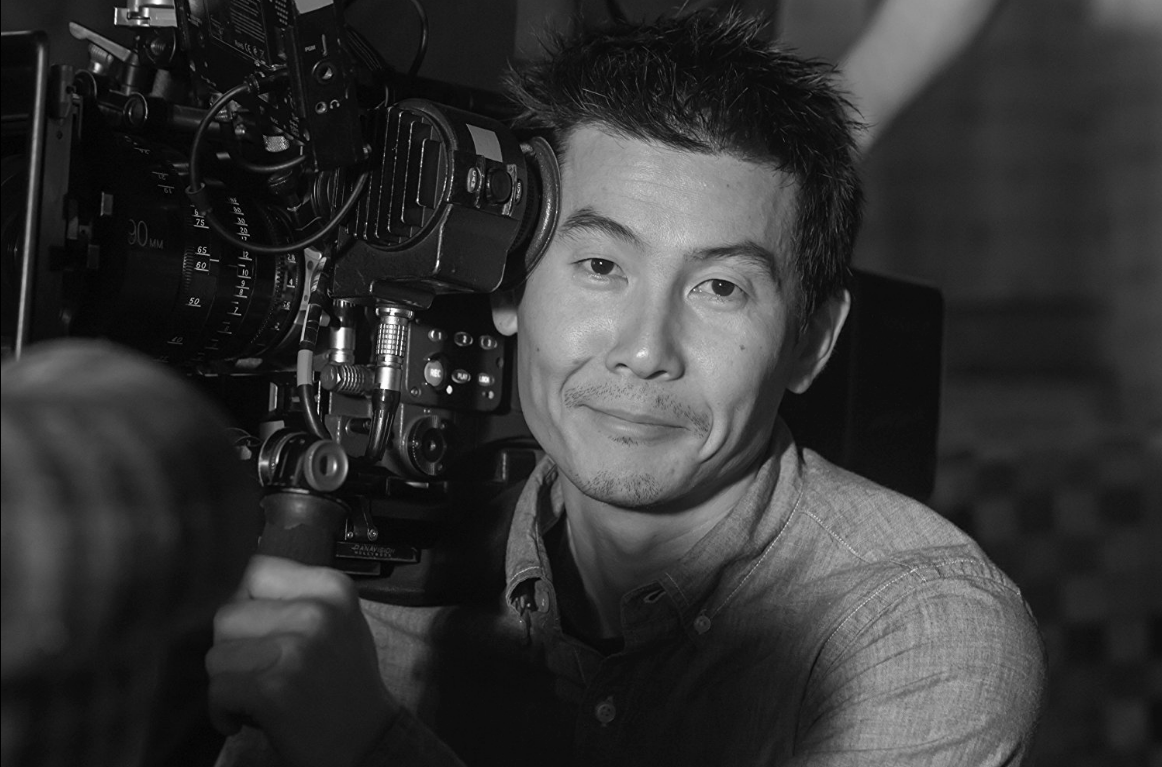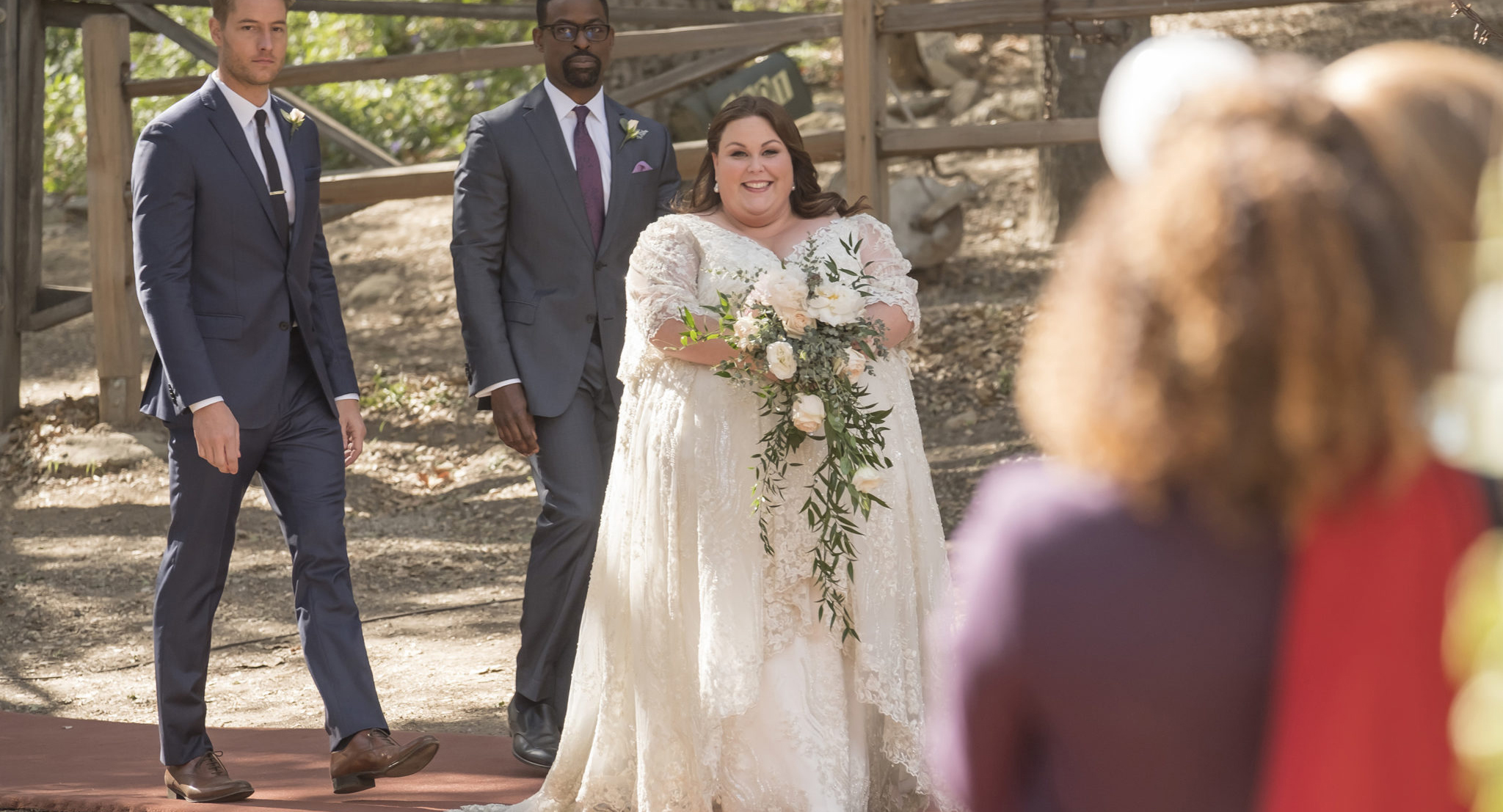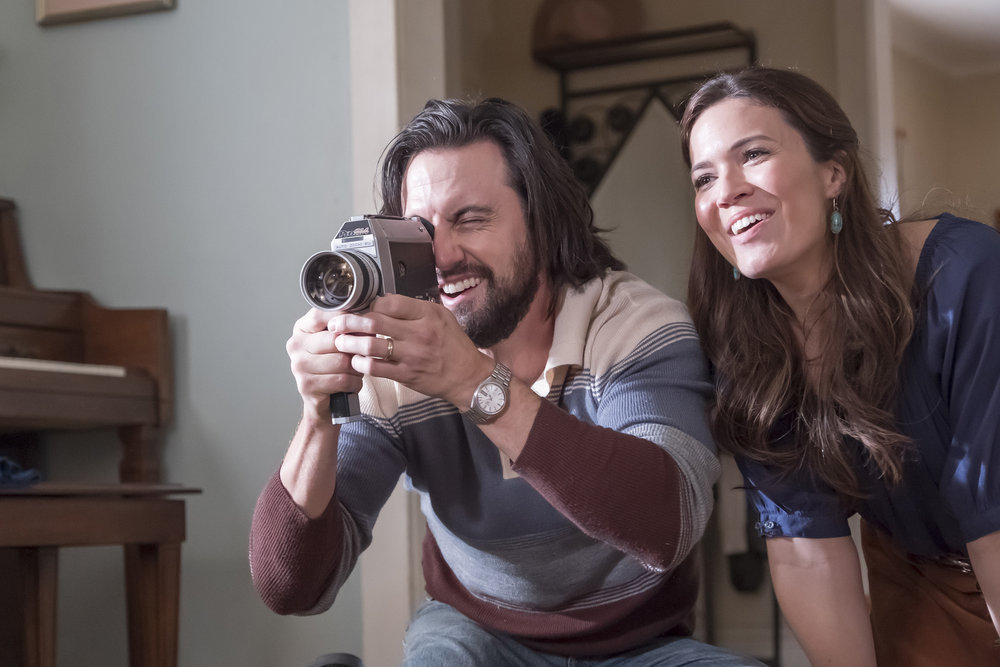
DP Yasu Tanida on Shooting the Past Two Seasons of the Top-Rated Television Series
NBC’s acclaimed series This Is Us, currently its highest-rated show, wants us to feel its pain — and everything else its characters feel as they move back and forth along the family timeline. The story of an unlikely set of triplets and their doting parents, This Is Us is intimately framed on the family relationships that define us, for better but just as often for worse. Series creator and executive producer Dan Fogelman, who wrote Tangled, The Guilt Trip and Crazy, Stupid, Love, recently told a for-your-consideration Emmy crowd in Los Angeles the next season will go deeper into the backstories of supporting characters and be “our biggest and most ambitious” yet. Shot at Paramount and on location in and around Los Angeles by cinematographer Yasu Tanida, it is scheduled to begin production in early July.
We talked to Tanida, who credits his agent with getting him into television during the late-Sopranos/early-Mad Men golden age, about the joys and challenges of shooting a handheld single-camera show, why camera weight matters and how he keeps the tears from flowing — along with everyone else — on set.
StudioDaily: When did you come on to This Is Us?
Yasu Tanida: They filmed the pilot (shot by Brett Pawlak) in the fall of 2015. I came on for the second episode of season 1 and haven’t left. I’d worked with Dan (Fogelman) before and shot his series Pitch.
Did you realize then that the show was going to be as popular as it became?
No. I didn’t really think about it, to be honest. I remember that the trailer got a lot of views and people seemed to enjoy it. The weird thing is, it just kept getting bigger. By the end of season 2 we had definitely hit some new milestones. The “Super Bowl Sunday” episode, which followed the actual Super Bowl, had something like 27 million viewers in one sitting. But with on-demand streaming, I’m sure the total that have seen that episode is even higher.
When was the decision made to shoot handheld and what are you shooting with?
Directors Glenn Ficarra and John Requa had used handheld in the pilot, and that was the look they wanted moving forward. I thought it was a great decision and I was all in. It might be considered cliché the way handheld is almost overused these days, but we try to do it in a way that’s very objective and honest to the performances and the story. We shot season 2 on the Arri Alexa but moved to the Amira for Season 2 using the same Panavision Primo Prime lenses, although I added a 90mm macro for Season 2 so we could get in even tighter on the close-ups.
The handheld movements are pretty consistently subtle. Are you fixing any of it in post?
Yea, we do stabilize things in post every now and then. We never want the movement of the camera to draw too much attention to itself [and] away from the performances, but there are times when that happens accidentally. It’s hard to remain completely still when you’re carrying 30 pounds on your shoulder for extended periods! So when the operator shakes a little bit, we’ll take the edge off an obvious bump, like when the operator hits the wall by mistake or something like that. But that’s actually very rare. James Takata and the other operators do an amazing job.

A Pearson family flashback to earlier Super Bowl traditions.
Photo by: Ron Batzdorff/NBC/NBCU Photo Bank
The show has such a familiar, retro feel, like we’re inside the time machine in real time. Describe how you created this look using the Panavision Primo lenses.
What we do is basically spray the back of the lens with a light frost. Panavision calls it “re-optimizing.” What that does is it just softens the light and builds up the highlights by softening the midrange and bringing up the blacks. It makes everything a little milky. Then we put a very contrasty LUT from Technicolor on it that we call the “50/50 LUT.” The combination of those things really punch up what the digital camera can do. When you pause an image of the show there’s almost this grain to it, like film stock. I really like it. When I first saw it and tried it, it reminded me a little bit of the Kodak Vision stock and I thought it would give the show a nice, different look.
It’s a nice choice given how the flashbacks, mostly in the 1980s but also in the 1940s, 50s and 70s, are a central part of the story. Are you involved in the grading personally?
I am. I do the grading for every episode at Technicolor on the Paramount lot. What usually happens is I get two days to color an episode and I typically get a van to take me to Technicolor at lunch time and I’ll sit with the colorist, Tom Forletta, and make notes. Sometimes I go in before or after work. I also worked with Tom on the miniseries I shot for National Geographic, The Long Road Home.
What’s your m.o. for lighting scenes?
Once I read the storyline of an episode, I usually break it down visually in my head to try to incorporate a lighting arc in the entire episode. For example, maybe in a flashback scene that is in the winter, I would make them cooler and give the daylight a blue tint but contrast that with warmer lights when we flipped to the present time. Sometimes, given the storyline, the past is much warmer and the present colder, or sometimes they’re both warm. It really depends on the tone we want to set. When I’m on set and I look at the blocking I try to come up with the most natural way to shoot the scene and look for where natural light would be entering the room. I’m also always conscious of seeing our actors, so even in a darker scene in a basement, with a shaft of light coming from a small window, I’ll use a bounce card with the light source. For a daylight exterior, I might choose a soft overhead and bring in a bigger light to fill in those shadows.
How much is shot on location vs. on the soundstages?
Per episode it averages about three to four days on the stages and four to five days on location, and those range from exteriors to interiors of a restaurant, store, school, etc. We shoot eight days in total per episode.

Chrissy Metz as Kate and Chris Sullivan as Toby in “Super Bowl Sunday,” season 2’s most-watched episode.
Photo by: Ron Batzdorff/NBC/NBCU Photo Bank
Which location has been the most challenging, or rewarding, to shoot?
It is pretty cool to go to a place that’s visually interesting, like a museum or some other place that stands out architecturally, and I always try to take advantage of that to fit the story. That can be really rewarding when it works. But the Super Bowl episode, when we burned down the inside of the house, was filmed on a set we built in Piru, near Santa Clarita, about an hour or so north of LA. That was a really interesting combo: a location shoot containing a recreation of our actual set. That’s a pivotal episode in the season and it was really kinda cool for me to shoot because people can’t tell that it was actually shot on location. And the fire made it even trickier. Location shooting outside is just as challenging: you never know what the sun’s going to do or what the traffic will do or what permits we have for shooting on the streets. It’s much easier on the stage when you know exactly what you can and cannot do and where the set begins and ends. I like both for all of those reasons!
With such a tight focus on the performers, you must work pretty closely with the makeup and costume departments.
For sure. If it’s a particular central focus, like the wedding dress, they always bring it up before shooting and come to me on set to discuss it. We did some tests with Chrissy (Metz, who plays Kate) in her gown for the finale of season 2. We also had a lot of discussions about the old age makeup for Milo (Ventimigila, who plays Jack) for the alternate present scenes in the same episode and had to test that before we started shooting. If a particular dress is going to be red or some other strong color, they always come and get my feedback about how I think it will look on camera. That also goes for production designer Gary Frutkoff. He’s really good about telling me about new sets and new locations and what to look out for when you get there. He asks me if I want to change anything based on how it all looks with the lighting, for instance, or if I want to paint a wall a different color. We discuss everything from wall color to the size of a set, if the backdrop is going to be a translight, or trees or a white blown out sky. Our set decorator, Cindy Coburn, tells me what kind of practicals are on the set, from the furniture to the details, and what textures and reflections to think about. Everyone does a great job of communicating with each other and we have a lot of concern for each other’s ideas.
What did shooting with the Amira vs. Alexa let you do differently this season? Were there any new features you appreciated?
The number one feature the Amira has over the Alexa is the weight. I don’t know how many pounds lighter it is, but it’s significantly less so they can keep it on their shoulders more comfortably for longer periods. There’s also a nice little pop-up screen on the Amira viewfinder that I found really useful, too.
Did you use any other new gear during season 2?
Because the industry as a whole is turning toward more LED light sources, I had a wireless remote dimmer board from Innovative Dimmers called a RatPac that let me wirelessly control the intensity and color temperature. That was really handy.
Do the various episode directors you work with ever introduce new gear or camera techniques?
There have been directors that tried to incorporate a crane shot, but 99% of the time they never get used. We’ve done them, but the only time we used a fixed camera crane shot from above was when Jack and Rebecca (Mandy Moore) are talking on the roof outside their bedroom. It was a small move but that was the extent of it. No other crane shot appears in the entire season! We have such great lenses that we haven’t had to use any special custom lenses yet.

Eris Baker and Sterling K. Brown as Tess and Randall Pearson in a scene from “Super Bowl Sunday.”
Photo by: Ron Batzdorff/NBC/NBCU Photo Bank
What do you hope to bring to each new episode after wrapping the previous one?
Every time I color an episode at Technicolor I always have shots or scenes that I think I could have done better. I always see tiny mistakes, so for sure, I try to perfect those repeated location scenes in terms of both lighting and camera. Part of what I’m looking forward to in season 3 is trying to find ways to make sure those little mistakes don’t happen. They are hard to avoid on a handheld show, though, to always anticipate where the actor might move. My goal, every single time, is to make a perfect episode.
As a single-camera show, are you only doing shot/reverse-shot takes?
We also do cross-shooting and, every now and then, when a director wanted to keep the intensity in the scene, we tried to incorporate that. We want to capture the performance of both sides at the same time, especially during some of the more emotional scenes.
Did you ever cry during production?
A little bit, sure, but I try not to let it affect me. When you have the director crying, the script supe crying and the costume department crying, you can’t have the DP crying. I have to focus on the frame and think about the next set-up, the reverse shot. I’m more worried about trying to get three shots in before lunch!
Crafts: Shooting
Sections: Creativity
Topics: Feature Alexa amira ARRI handheld camera Innovative Dimmers nbc Panavision primo lenses ratpac single-camera series Technicolor Yasu Tanida
Did you enjoy this article? Sign up to receive the StudioDaily Fix eletter containing the latest stories, including news, videos, interviews, reviews and more.










